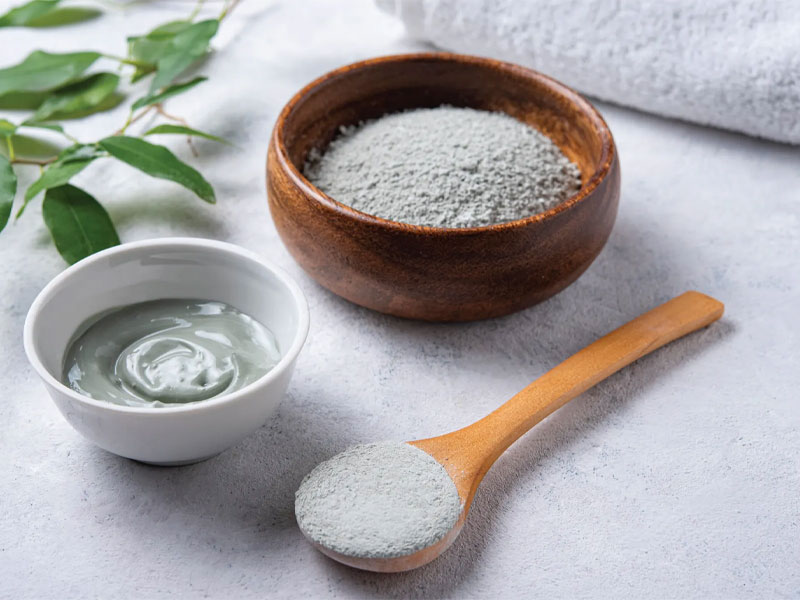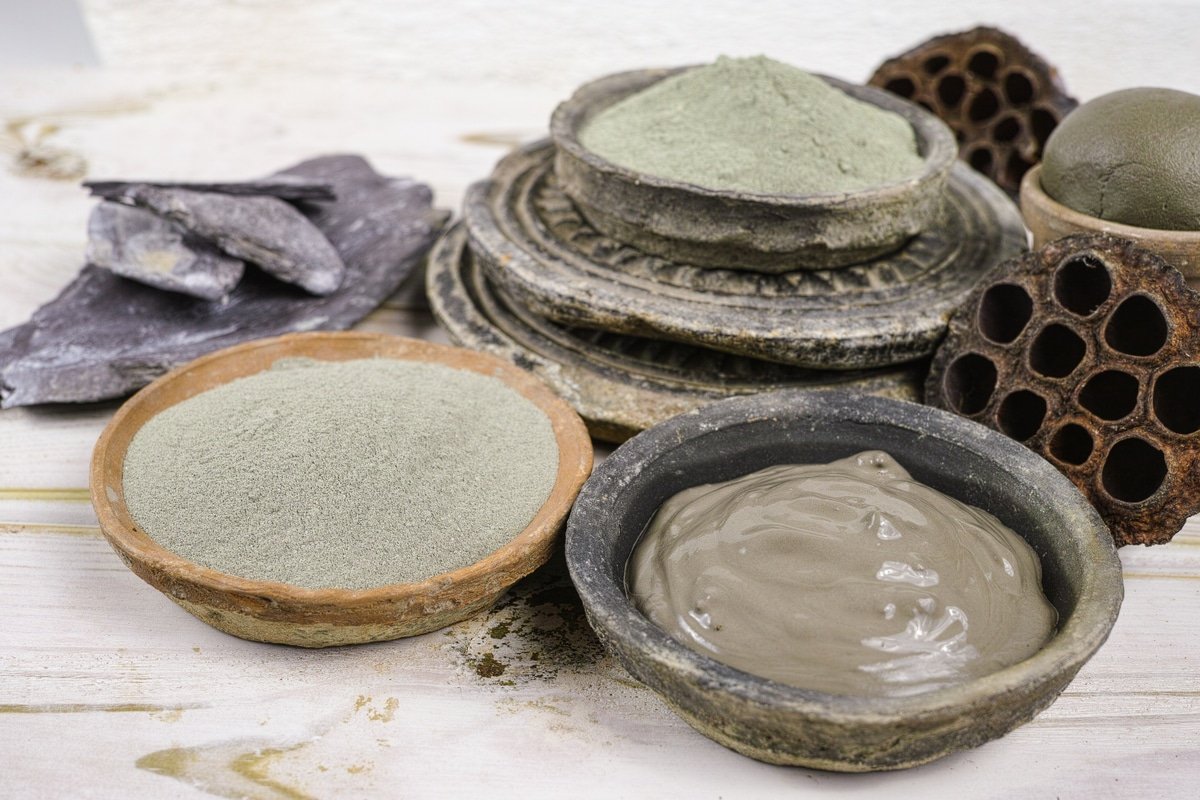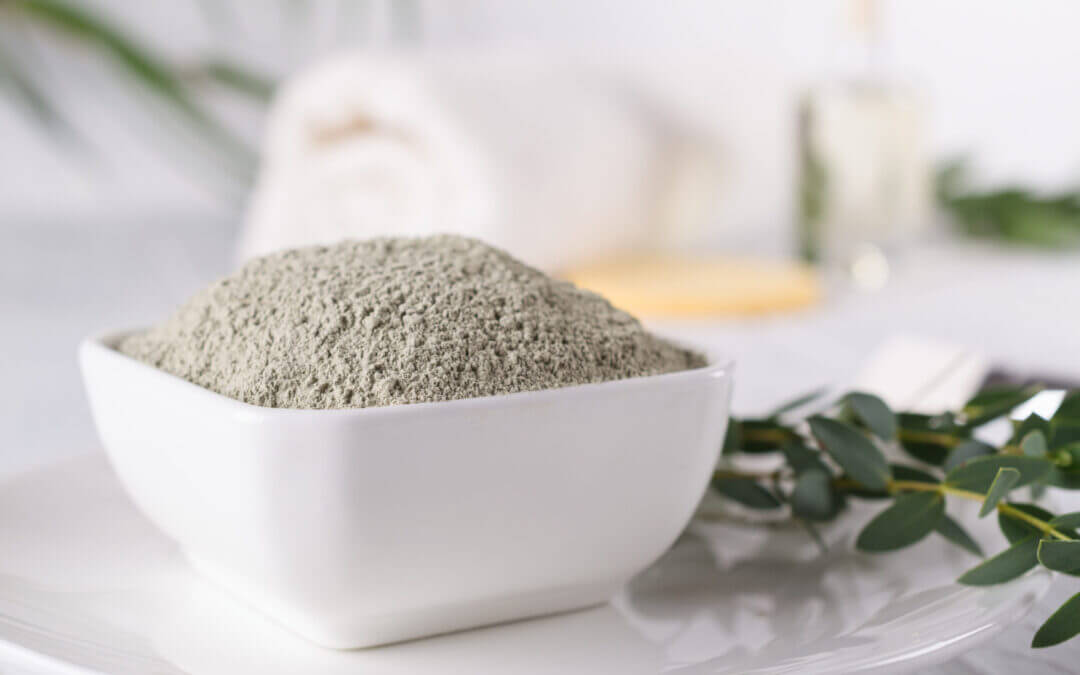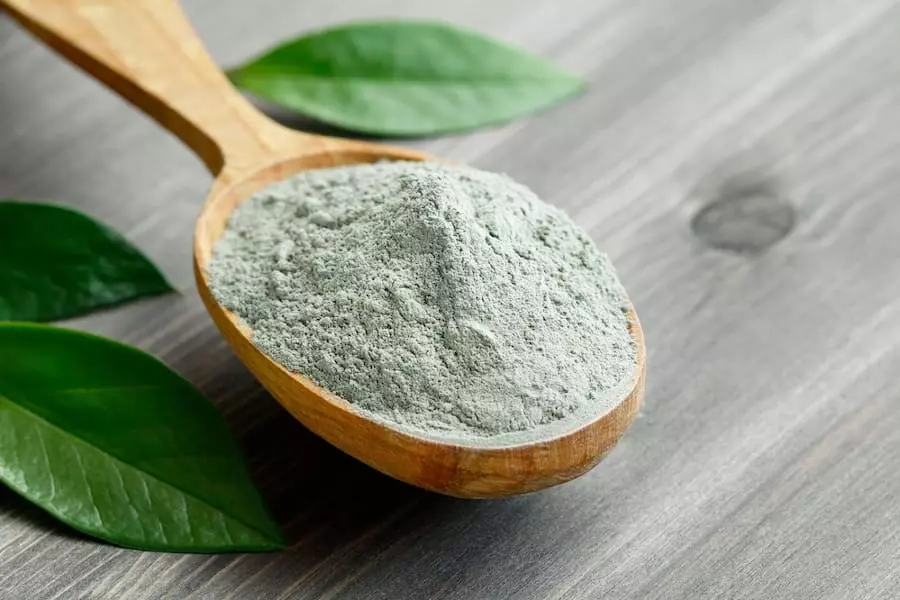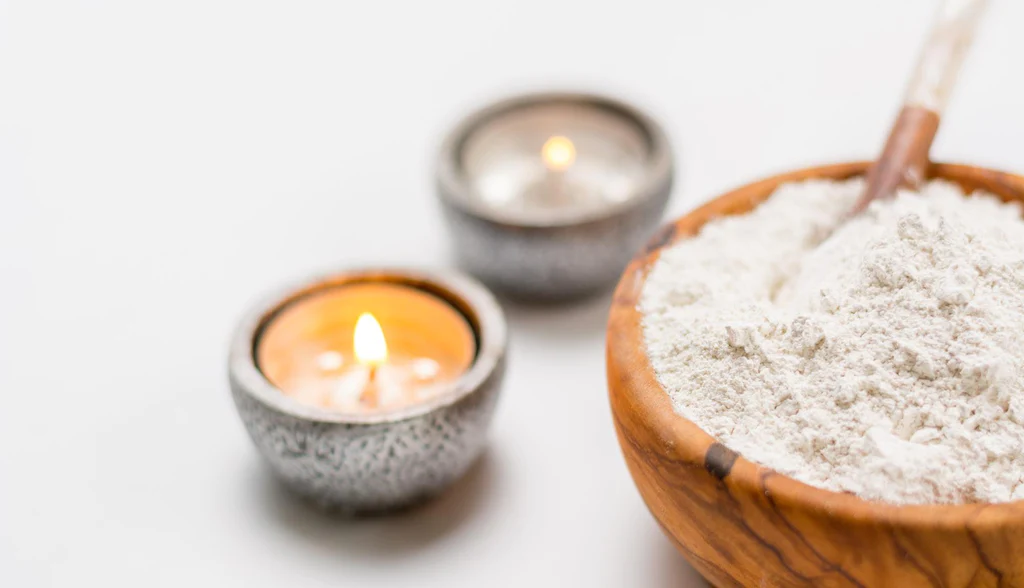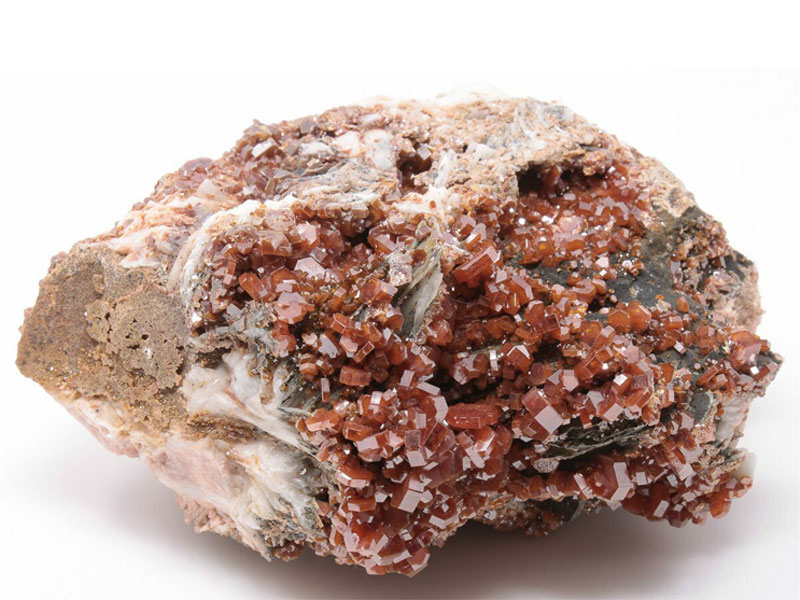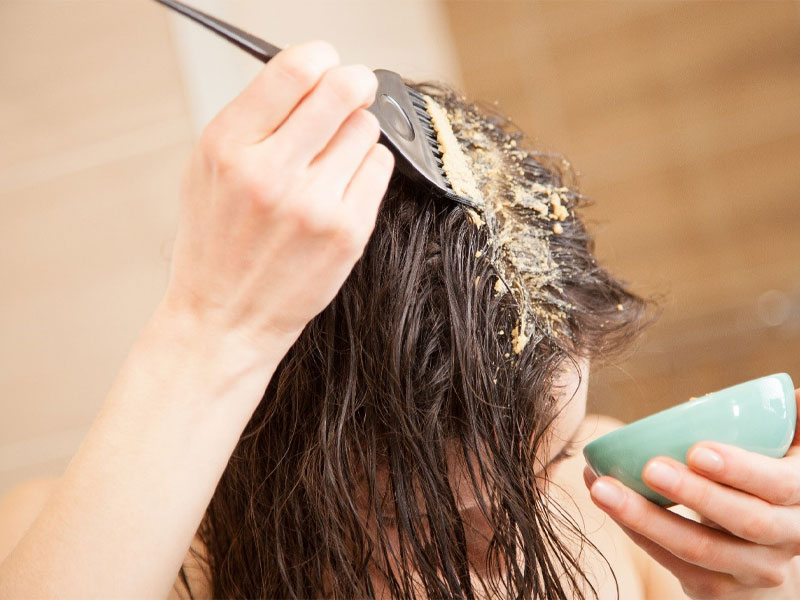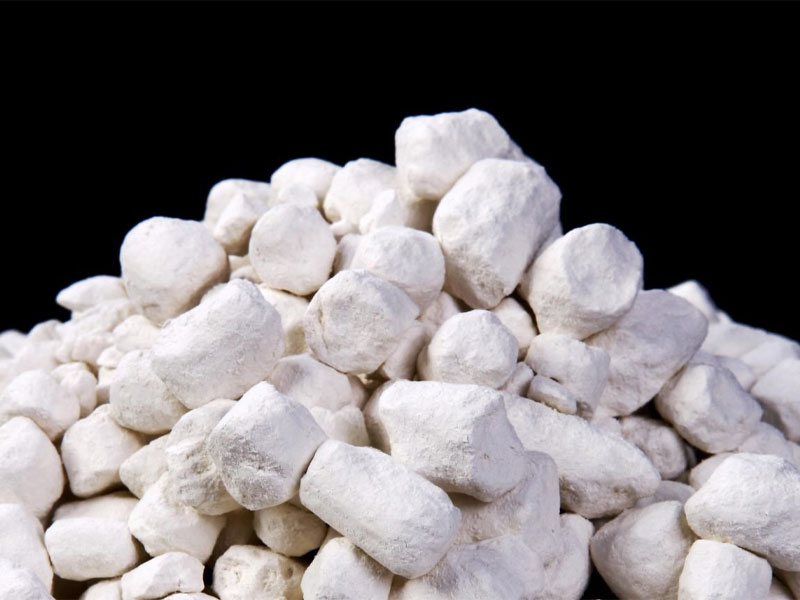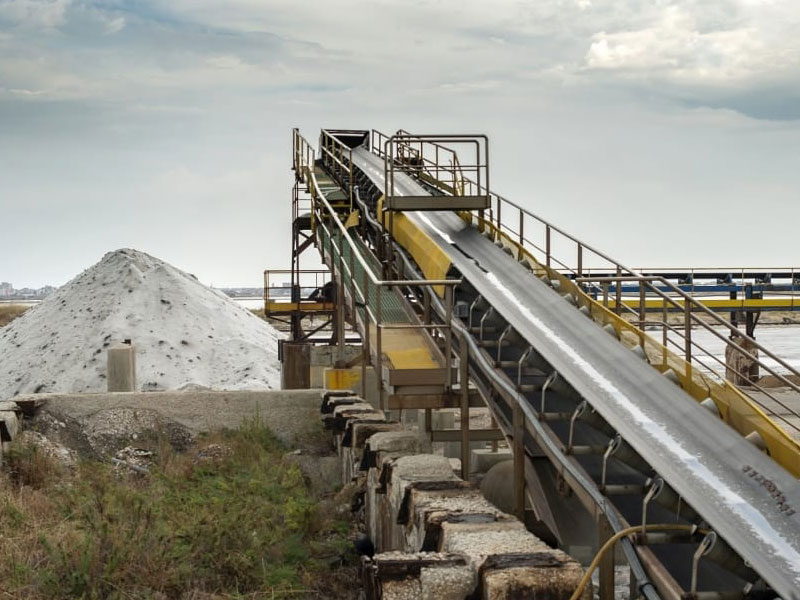Introduction
In the world of skincare and cosmetics, the choice of ingredients is paramount. Two natural substances that have gained significant attention are Kaolin and Bentonite clay. Both these clays are celebrated for their unique properties and numerous benefits. In this article, we will delve deep into the differences between Kaolin and Bentonite clay, helping you make informed decisions when incorporating them into your beauty routine.
Read More: Kaolin
What is Kaolin Clay?
Kaolin clay, also known as China clay or white clay, is a soft, fine-grained clay that originates from the mineral kaolinite. It is named after the Kao-ling Mountain in China, where it was first discovered. Kaolin clay is known for its gentle nature and purity.
Properties of Kaolin Clay
Texture: Kaolin clay has a smooth, silky texture that feels soft on the skin.
Color: It is typically white but can have variations of pale pink, yellow, or green.
Absorbency: Kaolin clay is less absorbent compared to Bentonite clay, making it suitable for sensitive and dry skin types.
Benefits: It is known for its ability to soothe irritated skin, remove impurities, and exfoliate gently.
What is Bentonite Clay?
Bentonite clay, on the other hand, is an ancient healing clay derived from volcanic ash. It has been used for centuries for its medicinal and cosmetic purposes. Bentonite clay is famous for its strong negative charge, which makes it an excellent detoxifying agent.
Read More: Bentonite
Properties of Bentonite Clay
Texture: Bentonite clay has a dense, fine texture when dry and becomes thick and creamy when mixed with water.
Color: It varies from light gray to off-white.
Absorbency: Bentonite clay is highly absorbent and known for its ability to draw out toxins and impurities from the skin.
Benefits: It is often used for deep cleansing, treating acne, and promoting overall skin health.
The Key Differences
Now that we’ve introduced both clays let’s delve into the fundamental differences between Kaolin and Bentonite clay:
Mineral Composition
Kaolin Clay: Kaolin primarily consists of the mineral kaolinite and is rich in silica.Bentonite Clay: Bentonite is mainly composed of montmorillonite and contains a variety of minerals, including magnesium, potassium, and calcium.
Absorbency
Kaolin Clay: Kaolin is less absorbent and is suitable for sensitive and dry skin types.
Bentonite Clay: Bentonite is highly absorbent and is ideal for oily and acne-prone skin.
Color
Kaolin Clay: Kaolin is generally white but can have slight color variations.
Bentonite Clay: Bentonite is typically light gray to off-white in color.
Texture
Kaolin Clay: Kaolin has a smooth, silky texture.
Bentonite Clay: Bentonite is dense and becomes creamy when mixed with water.
Read More: Salt
How to Use Kaolin and Bentonite Clay
Both Kaolin and Bentonite clay offer a myriad of benefits for your skin. Here’s how to use them:
Using Kaolin Clay
Mix Kaolin clay with water to form a paste.
Apply it as a mask on your face and leave it on for 10-15 minutes.
Rinse off with warm water for a refreshed complexion.
Using Bentonite Clay
Create a thick paste by mixing Bentonite clay with water or apple cider vinegar.
Apply it as a face mask, avoiding sensitive areas.
Allow it to dry for 15-20 minutes before rinsing thorou ghly.
Read More: wikipedia
Conclusion
In the realm of skincare and cosmetics, choosing the right clay can make a significant difference. Kaolin and Bentonite clay both offer unique advantages. While Kaolin is gentle and perfect for sensitive skin, Bentonite’s absorbent properties make it a powerhouse for deep cleansing. So, consider your skin type and needs when selecting the clay that suits you best.

